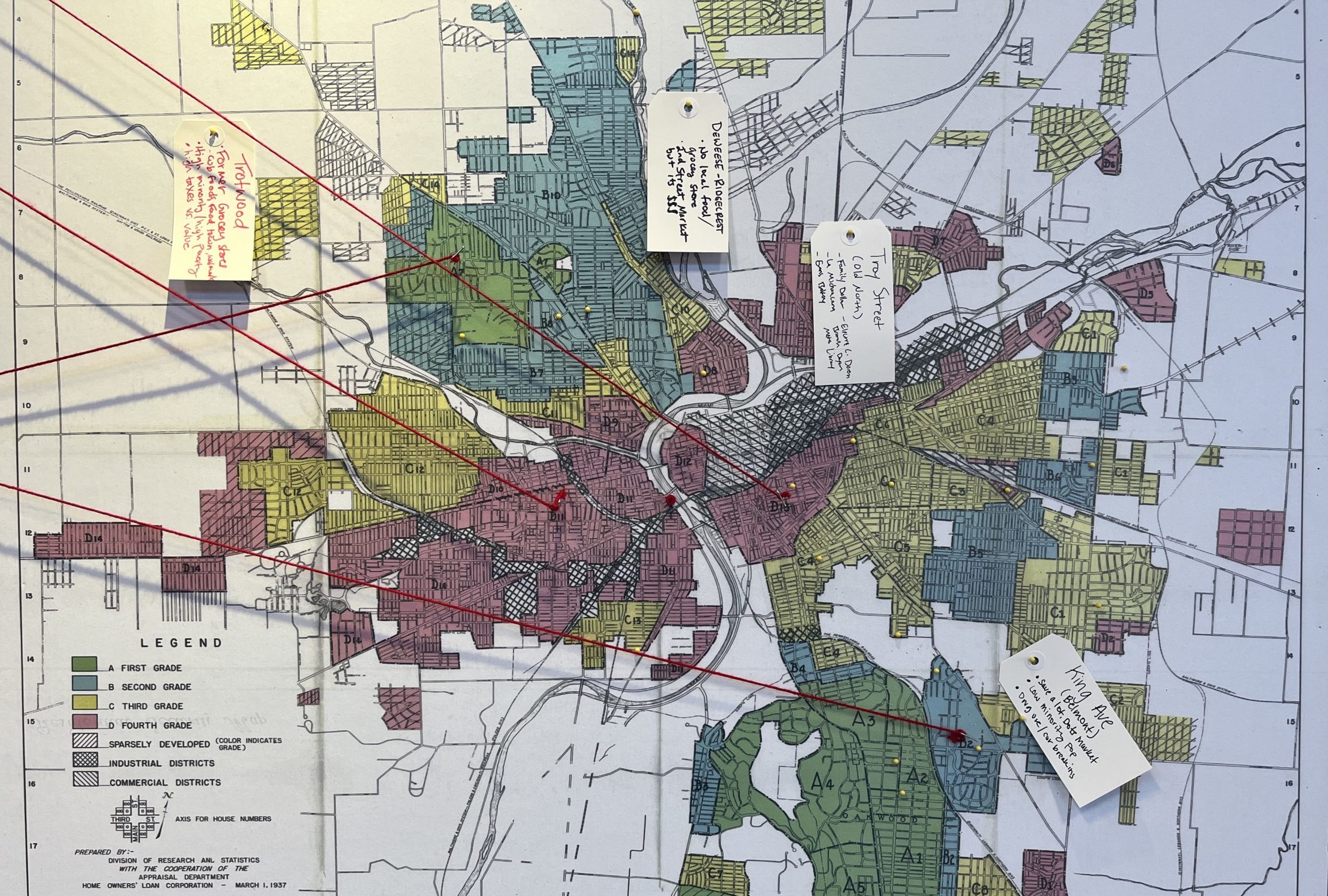When looking at the history of discrimination towards African Americans in our nation, there are few practices as abhorrent as redlining. Black Americans still feel the effects of the initiative today, decades after it was officially outlawed. Yet many Americans ask the same question, what is redlining?
In order to truly understand what redlining is we have to go back to the 1930s, with the formation of the Federal Housing Administration. One of several programs started by Franklin D. Roosevelt’s New Deal Program, the project existed to help American afford homes by insuring citizens private mortgages.
These mortgages decreased down payments and interest rates, and could be paid off over a long period of time. A lot of people used the program to assist paying for homes, but there was a huge problem.
In order to be eligible for the better loans, the house you were buying had to be in a particular area of a city, and the FHA would go and section them off on a map and decide what level of loan buyers would get. Each sector of the map was colored green, yellow, blue or finally red.
The issue? If an area had nearly any citizens of color, it would automatically be considered red and would be ineligible for loans.
“Neither the percentage of black people living there nor their social class mattered. Black people were viewed as a contagion” said Author and journalist Ta-Nehisi Coates in “The Case for Reparations“.
When this practice was officially outlawed by the Civil Rights Act of 1968, some may have assumed that the end had come, but that couldn’t be further from the truth.
Not only was this law lightly enforced, but decades of this discrimination already landed a fatal blow to many black families and communities. One example of the long-term effects of redlining can be seen when looking at the value of homes.
The mid-20th century served as a monumental shift in the housing market. Those who bought these houses in the 1930s and 1940s would be able to sell their homes at a massive profit in the 1970s and 1980s, even to today.
This is assuming that these people could buy these homes in the first place, which of course many black families could not.
“People of color are great historians. And what I mean by that is, you know the experiences of others. So why would you live someplace where relatives, family, aunts, uncles, fathers could not live? I mean it takes a lot to venture into that. The analogy that comes to my mind is, you know, it’s like the Invisible Fence. You know the animal can cross out a yard but it’s gonna be painful to get out of there” explained Michael Carter, Chief Diversity Officer at Sinclair Community College
Several attempts have been made over the years to help make things right, but not many have gone far at the federal level. In the case of one solution, reparations, lawmakers have been vehemently against any form of payment made towards people of color, whether that be for redlining or something like slavery.
However, initiatives like the 1619 and protests in summer 2020 did a lot to inform the public of the issues facing people of color, past and present. Those in power are now aware of the problem, now it is up to them to do something about it.
Alex Cutler
Executive Editor/Intern


